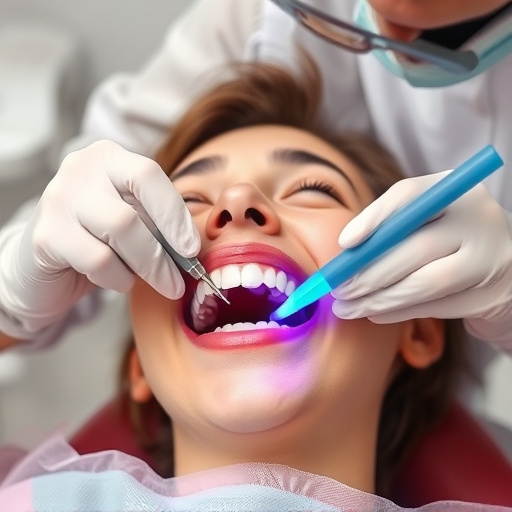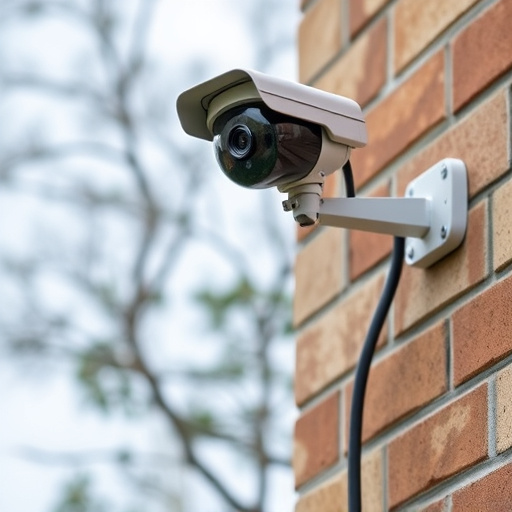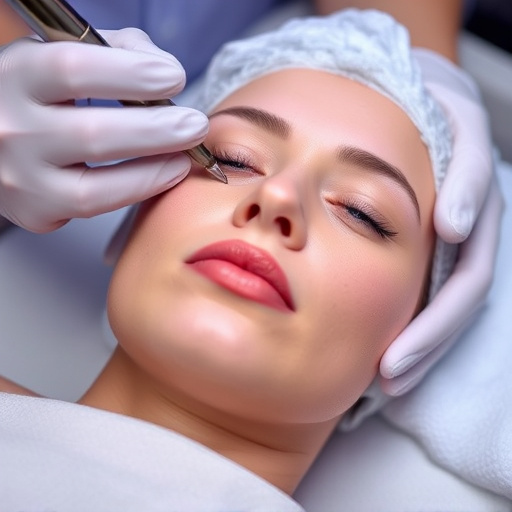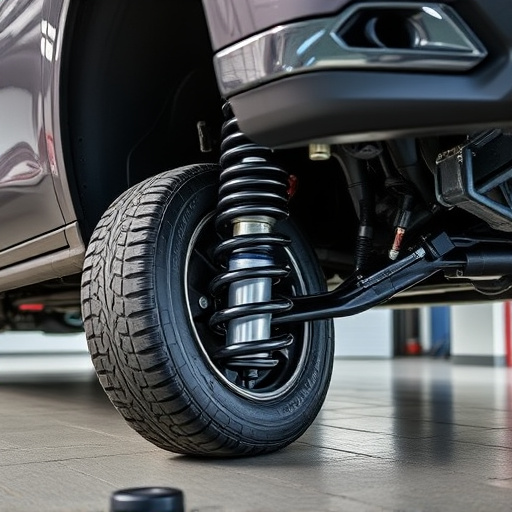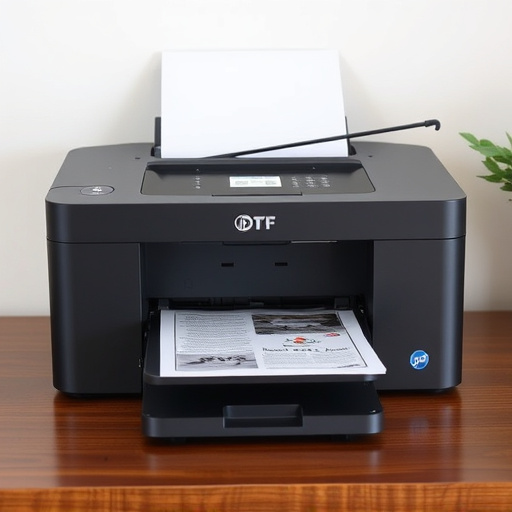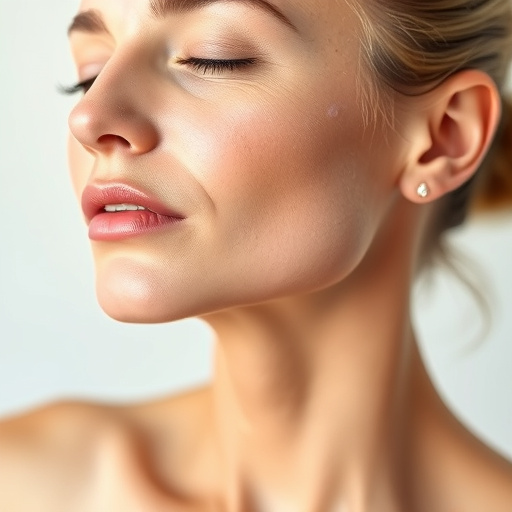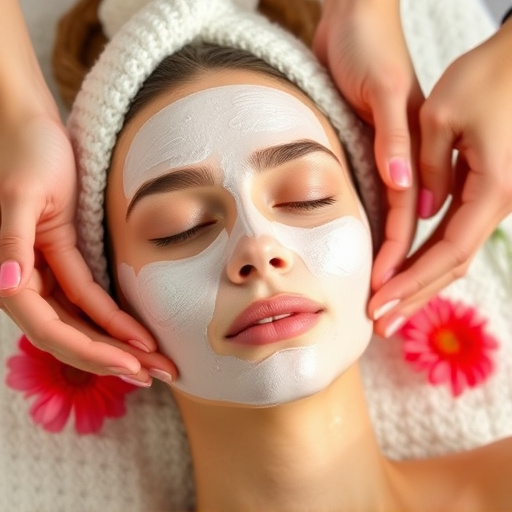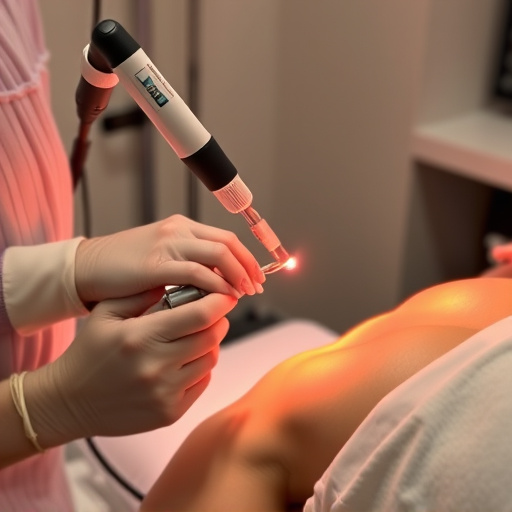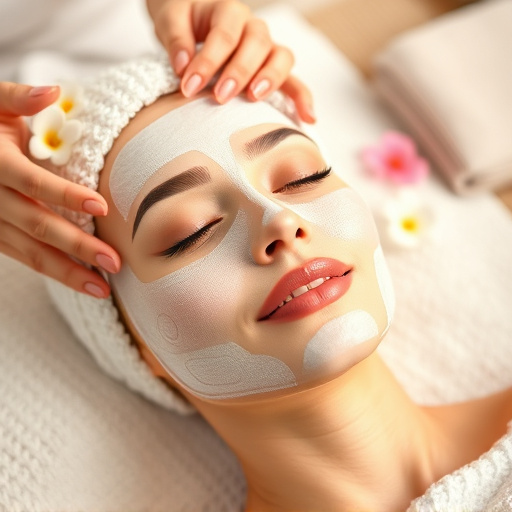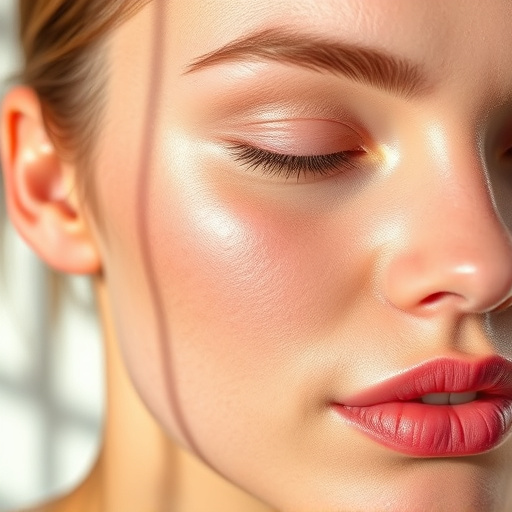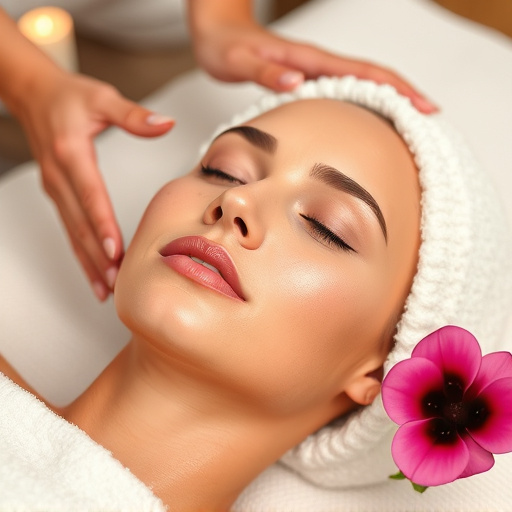Rosacea is a skin condition causing inflammation and redness on the face, impacting self-esteem. Triggers include sunlight, food, and stress. Rosacea treatment involves understanding triggers and using topical medications, laser therapy, IPL, and gentle skincare to minimize redness, reduce puffiness, promote skin tightening, and achieve an even complexion. Over-the-counter azelaic acid creams and prescription medications are key topical treatments. Severe cases may require microneedling or laser therapy. Long-term management includes hydration, antioxidants, diet adjustments, and sun protection using SPF 30+ sunscreen to reduce flare-ups.
Rosacea, characterized by facial redness and small, raised bumps, often presents a challenge for those affected. This article delves into effective rosacea treatment strategies that go beyond topical creams. We explore the root causes and triggers of this skin condition, offering insights on how to combat not just the symptoms but also the underlying issues. From powerful topical treatments to lifestyle modifications, discover a comprehensive approach to achieving clear, healthy skin.
- Understanding Rosacea: Causes and Triggers
- Topical Treatments for Inflammation Reduction
- Lifestyle Changes to Support Skin Health
Understanding Rosacea: Causes and Triggers
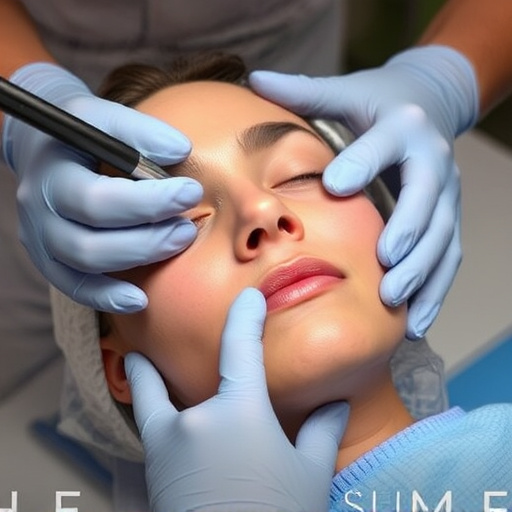
Rosacea is a chronic skin condition characterized by redness, bumps, and visible blood vessels on the face. It’s not just about an occasional flush; it’s a persistent inflammation that can significantly impact one’s self-esteem. The exact cause of rosacea remains unclear, but several factors contribute to its development. Triggers play a significant role, including environmental stimuli like sunlight, extreme temperatures, certain foods, and even emotional stress. Understanding these triggers is a crucial step in managing and finding effective rosacea treatment.
While it can’t be completely cured, various anti aging treatments offer hope for reducing symptoms. From topical medications to laser therapy and intense pulsed light (IPL), each approach targets different aspects of the condition, aiming to minimize redness, reduce puffiness, and improve overall skin health. Moreover, adopting gentle skincare routines and avoiding known triggers can help prevent flare-ups, promoting lasting skin tightening and a more even complexion.
Topical Treatments for Inflammation Reduction
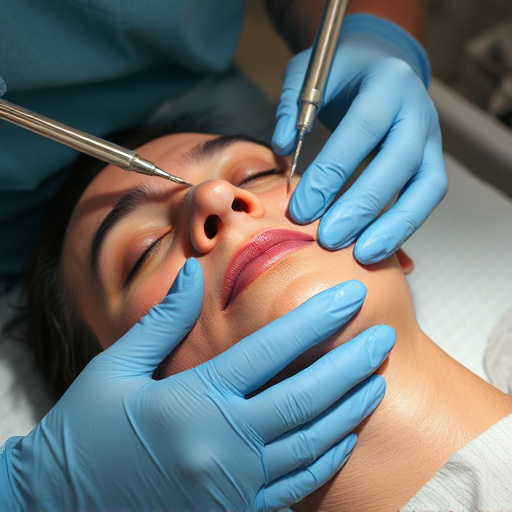
Topical treatments play a crucial role in managing rosacea by targeting inflammation and calming the skin. Many over-the-counter creams and lotions contain ingredients like azelaic acid, which has been shown to reduce redness and improve skin texture. These products are gentle yet effective, making them ideal for daily use as part of a comprehensive rosacea treatment routine.
Additionally, prescription topical medications, such as those with high concentrations of glycolic acid or retinoids, can offer more advanced anti aging treatments. While these may cause initial irritation, they can significantly minimize rosacea symptoms over time, including reducing visible broken capillaries. For severe cases, combining topical treatments with non-surgical procedures like microneedling therapy or laser treatments can provide even more substantial results, offering a holistic approach to managing and improving the appearance of rosacea.
Lifestyle Changes to Support Skin Health
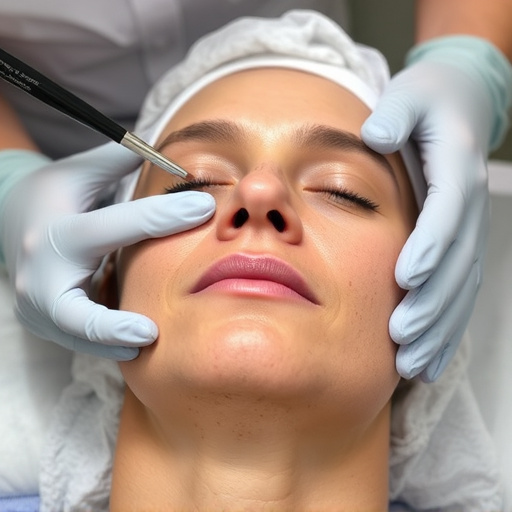
For optimal rosacea treatment and long-term skin health, incorporating lifestyle changes can be just as impactful as medical interventions. Beyond topical remedies and professional aesthetic treatments like laser hair removal, simple adjustments to your daily routine can significantly reduce flare-ups and promote a clearer complexion. One key aspect is staying hydrated by drinking plenty of water throughout the day; this helps maintain skin’s natural moisture barrier.
Additionally, prioritizing a balanced diet rich in antioxidants from fruits and vegetables supports skin health. Avoiding triggers like hot beverages, alcohol, and spicy foods can also prevent rosacea flare-ups. Sun protection is another vital component; always use broad-spectrum sunscreen with an SPF of 30 or higher to shield delicate skin from UV damage, which can exacerbate symptoms. These holistic approaches work in harmony with other rosacea treatments to achieve and maintain healthy, radiant skin.
Rosacea can be a challenging condition, but with the right approach, it’s manageable. By understanding your skin’s unique needs and implementing strategies from topical treatments to lifestyle changes, you can significantly reduce bumps and broken capillaries associated with rosacea. Remember, consistency is key when it comes to achieving clear, healthy skin. Incorporate these methods into your routine for a comprehensive rosacea treatment plan tailored to your needs.



